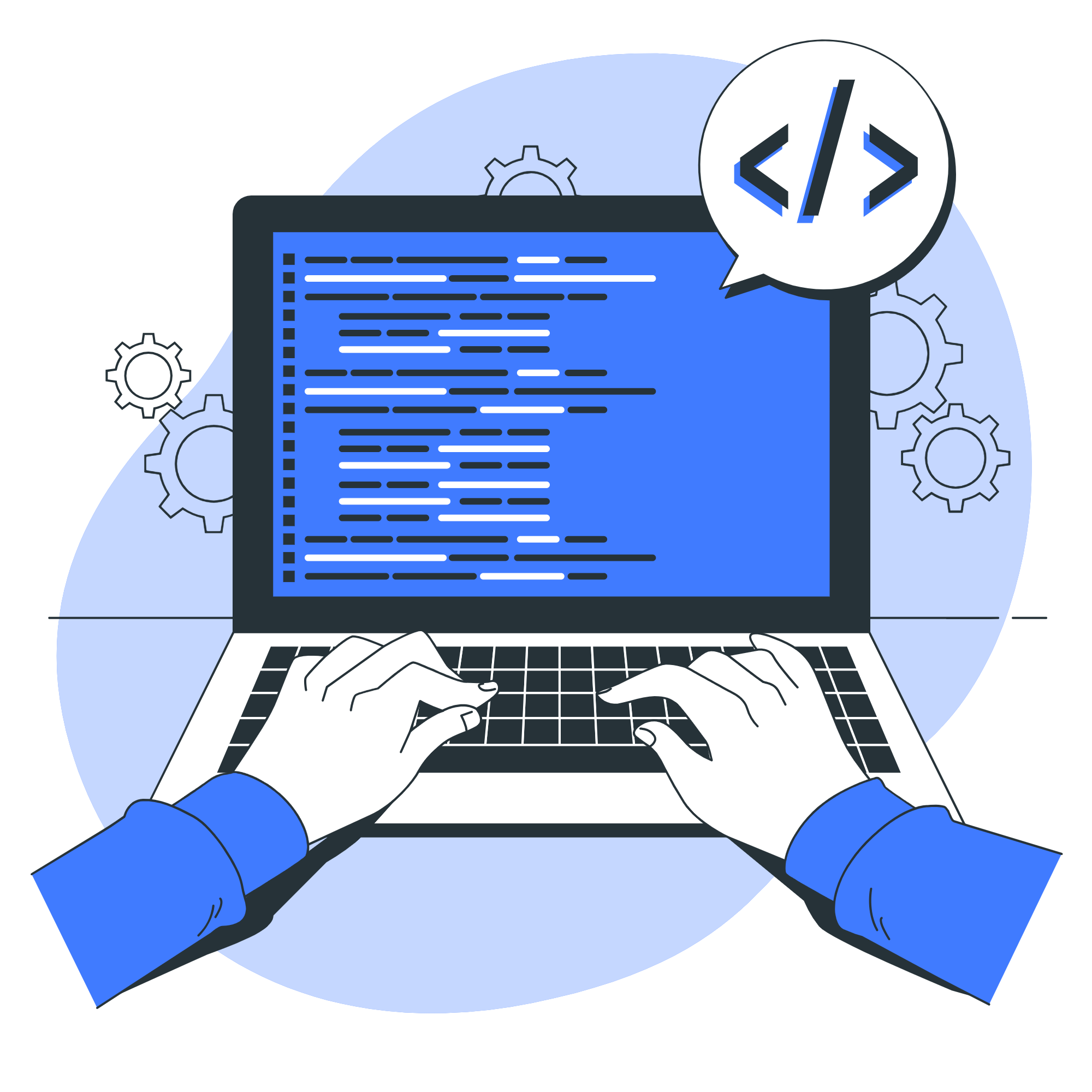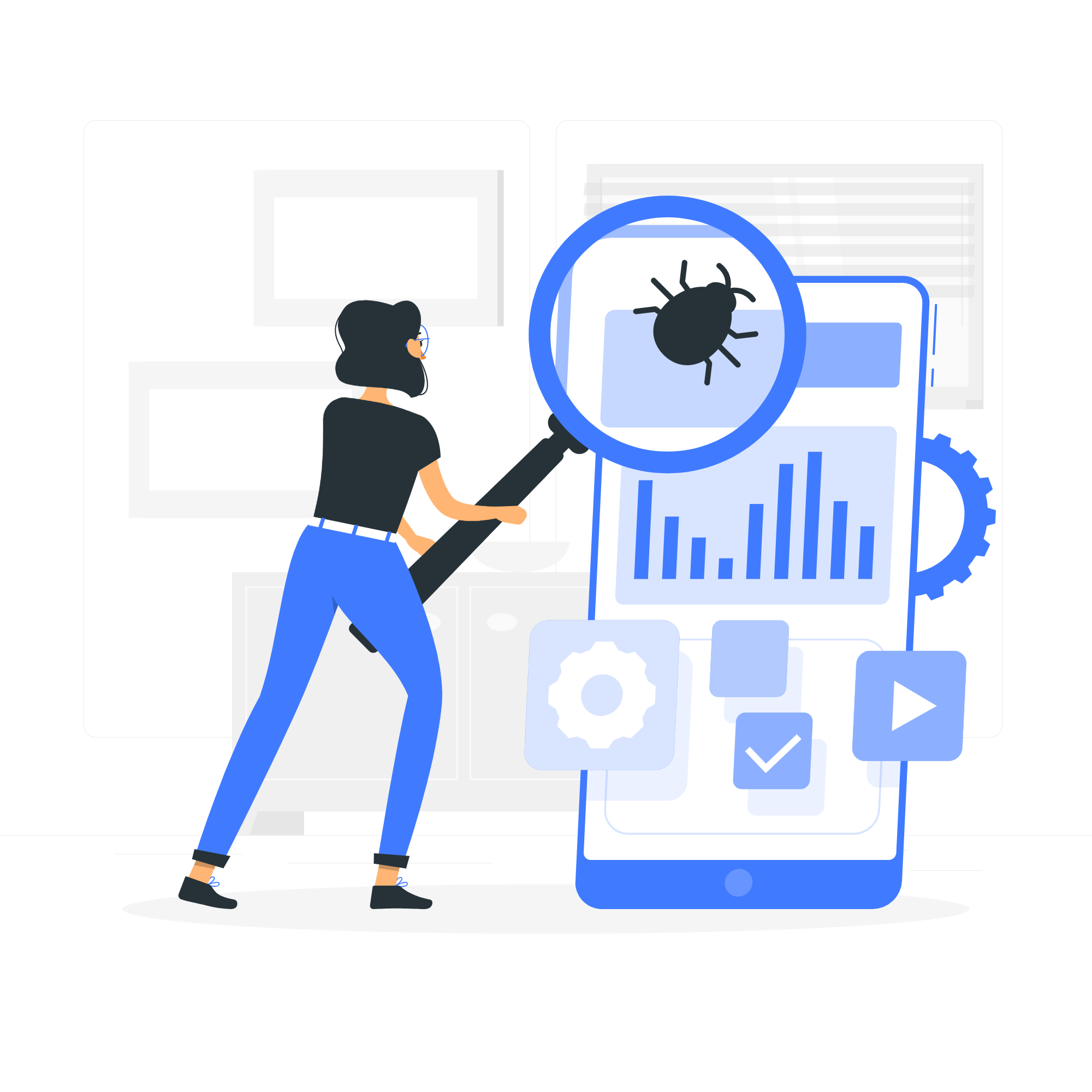8 Ways AI Can Improve Your Software Development Team's Efficiency
Published on Dec 5, 2024
Introduction
The impact of AI on software development is multifaceted and far-reaching. This AI-driven transformation is enabling development teams to tackle more complex challenges, reduce time-to-market, and deliver higher-quality software products.
As we delve deeper into this AI-powered future, it is crucial to understand the specific ways in which AI is reshaping the software development process.
In this article, we will explore eight key areas where AI is making a significant impact, improving efficiency, and driving innovation in software development teams.
1. Prototyping
Quickly create preliminary versions of software
AI can generate basic code structures and functional prototypes based on high-level descriptions or requirements, significantly reducing the time needed to create initial versions.
Rapidly iterate and refine designs
As developers provide feedback or make changes, AI systems can quickly regenerate or modify code, enabling faster iteration cycles.
Explore different possibilities efficiently
AI can generate multiple prototype variations, allowing developers to compare different approaches and choose the most effective one.
Identify potential issues early
By analyzing generated code and comparing it with best practices and known patterns, AI can flag potential problems or inefficiencies in the early stages of development.
Enhance collaboration between teams
AI-generated prototypes can serve as a common starting point for discussions between developers, designers, and stakeholders, facilitating better communication and alignment.
This AI-powered approach to prototyping leads to faster development cycles, as teams can quickly move from concept to functional prototype. It also fosters increased innovation by making it easier to experiment with different ideas. Ultimately, this results in more robust and user-centric solutions, as teams can gather and incorporate feedback earlier in the development process.
2. Debugging
Automatically identify software issues
AI algorithms can scan code in real-time, detecting potential bugs as they're introduced rather than waiting for manual testing or runtime errors.
Analyze code patterns, data flow, and error logs
By examining these elements, AI can identify subtle bugs that might escape human detection, such as race conditions or memory leaks.
Detect anomalies and deviations indicating bugs
AI systems can learn what "normal" code looks like and flag anything that deviates from expected patterns, potentially catching bugs before they cause problems.
Scan large codebases swiftly
While a human might take days or weeks to thoroughly examine a large codebase, AI can do it in hours, making comprehensive code reviews more feasible.
Learn from historical bug data
As AI systems encounter and resolve more bugs, they become better at predicting and identifying similar issues in the future, continuously improving their effectiveness.
This proactive approach helps developers address bugs early in the development cycle, reducing their impact on development timelines. It also improves overall software quality by catching more bugs before they reach production. The result is more stable software, happier users, and development teams that can focus more on creating new features rather than fixing old problems.

3. Code Explanation
Generate human-readable explanations of code snippets
AI can translate dense, technical code into plain language explanations, making it easier for developers to understand unfamiliar code quickly.
Provide insights into code purpose, functionality, and logic
Beyond just describing what the code does, AI can offer insights into why certain approaches were taken, helping developers grasp the underlying logic and intent.
Simplify complex codebases
or large, intricate systems, AI can provide high-level overviews and then allow developers to drill down into specific areas, making it easier to navigate and understand the overall structure.
Improve team collaboration and knowledge sharing
By providing a common language for discussing code, these systems help bridge the gap between junior and senior developers and facilitate better communication across teams.
Tailor explanations to specific team needs and preferences
As AI systems interact more with a particular team, they can learn to provide explanations in the style and depth that team finds most useful.
These code explanation systems are particularly beneficial for new developer onboarding, reducing the time it takes for new team members to become productive. They also aid in the standardization of code discussions, ensuring that all team members have a shared understanding of the codebase.
4. Refactoring Code
Suggestions for code restructuring and improvement
AI can analyze code structure and suggest ways to make it more efficient, readable, or maintainable, often identifying opportunities for improvement that humans might miss.
Detection of code smells and anti-patterns
By learning from vast databases of code, AI can identify common problematic patterns and suggest better alternatives.
Recommendations aligned with industry best practices
AI systems can be updated with the latest coding standards and best practices, ensuring that refactoring suggestions are always current.
Learning capabilities based on code repositories and development practices
As AI tools interact with more codebases and development teams, they can learn to provide more contextually appropriate and team-specific suggestions.
These features lead to cleaner, more maintainable, and efficient code. By automating much of the refactoring process, these tools allow developers to focus on higher-level architectural decisions while ensuring that the codebase remains healthy and manageable as it grows and evolves.
5. Predictive Analysis
Accurate estimations of project timelines and resource requirements
By analyzing historical project data and current progress, AI can provide more accurate predictions of how long tasks will take and what resources they require.
Early detection of potential risks and bottlenecks
AI can identify patterns that often lead to project delays or resource constraints, allowing managers to address these issues proactively.
Real-time predictions and recommendations
As project circumstances change, AI systems can update their predictions and offer new recommendations, enabling agile response to evolving situations.
Data-driven decision-making capabilities
By providing objective, data-based insights, AI helps project managers make more informed decisions about resource allocation, scheduling, and risk management.
This approach enables more realistic goal-setting, as predictions are based on actual historical data rather than optimistic guesses. It improves resource allocation by identifying where resources are most needed and when. Perhaps most importantly, it increases project adaptability by providing early warnings of potential issues and suggesting mitigation strategies.

6. Automated Testing
Swift code analysis and vulnerability identification
AI can quickly scan code for potential security vulnerabilities, often catching issues that might be missed in manual code reviews.
Efficient execution of numerous test scenarios
AI can generate and run a vast number of test cases, including edge cases that human testers might not think to check.
Detection of complex software behavior patterns
By analyzing how software behaves under various conditions, AI can identify subtle bugs or performance issues that might not be apparent from looking at the code alone.
Quick identification and resolution of defects
By analyzing how software behaves under various conditions, AI can identify subtle bugs or performance issues that might not be apparent from looking at the code alone.
These capabilities result in higher software quality, as more thorough testing can be done in less time. They lead to reduced post-deployment issues by catching more bugs before software is released. Additionally, they enable faster debugging processes, as developers can quickly isolate and address problems identified by the AI.
7. Documentation
Automatically extract relevant information from code and related resources
By analyzing code, comments, and even version control history, AI can gather the key information needed for comprehensive documentation.
Generate descriptive and contextual documentation
AI can create human-readable documentation that not only describes what code does, but also provides context about why certain decisions were made.
Update documentation to reflect code changes
As code evolves, AI systems can automatically update the corresponding documentation, ensuring it stays current.
Improve readability for both technical and non-technical audiences
AI can tailor documentation to different audience levels, providing technical details for developers and higher-level explanations for other stakeholders.
This automation saves developers significant time that would otherwise be spent on writing and updating documentation. It ensures more consistent and up-to-date documentation, which is crucial for maintaining and evolving software over time.
Moreover, by making documentation more accessible and comprehensive, these AI systems facilitate better knowledge sharing within development teams and with external stakeholders.
8. AI Copilot Tools
AI copilot tools like GitHub Copilot, Codeium, and Whisperer are bringing a new level of intelligent assistance to the coding process. These tools assist developers by:
Providing intelligent code completion suggestions
Based on the context of what a developer is working on, these tools can suggest the next lines of code, often accurately predicting complex code structures.
Generating code snippets and entire functions
For common programming tasks, AI copilots can generate complete, functional code snippets, saving developers time and reducing the need to search for examples online.
Translating natural language descriptions into code
Some of these tools can take a description of what a developer wants to achieve and generate the corresponding code, bridging the gap between concept and implementation.
While these tools significantly boost productivity, it's crucial to note that human review and validation remain necessary. Developers need to understand and verify the code suggested by AI to ensure it meets the specific requirements of their project and maintains overall code quality.
As these tools continue to evolve, they are likely to become an increasingly integral part of the development process, acting as intelligent assistants that enhance, rather than replace, human developers' skills and judgment.
Conclusion
The integration of AI into software development processes is not just enhancing efficiency—it is fundamentally changing how software is created. From the initial stages of prototyping to the ongoing tasks of testing and documentation, AI is providing tools that allow developers to work smarter, faster, and with greater precision.
As we have seen, AI is improving every stage of the software development lifecycle. It enables faster prototyping and more efficient debugging, providing insights for better project management, automating tedious tasks like testing and documentation, and even assisting in the coding process itself.
However, it is important to remember that AI is a tool to augment human capabilities, not replace them. The creativity, critical thinking, and domain knowledge that human developers bring to the table remain crucial. The most successful development teams will be those that learn to effectively combine human expertise with AI capabilities.











